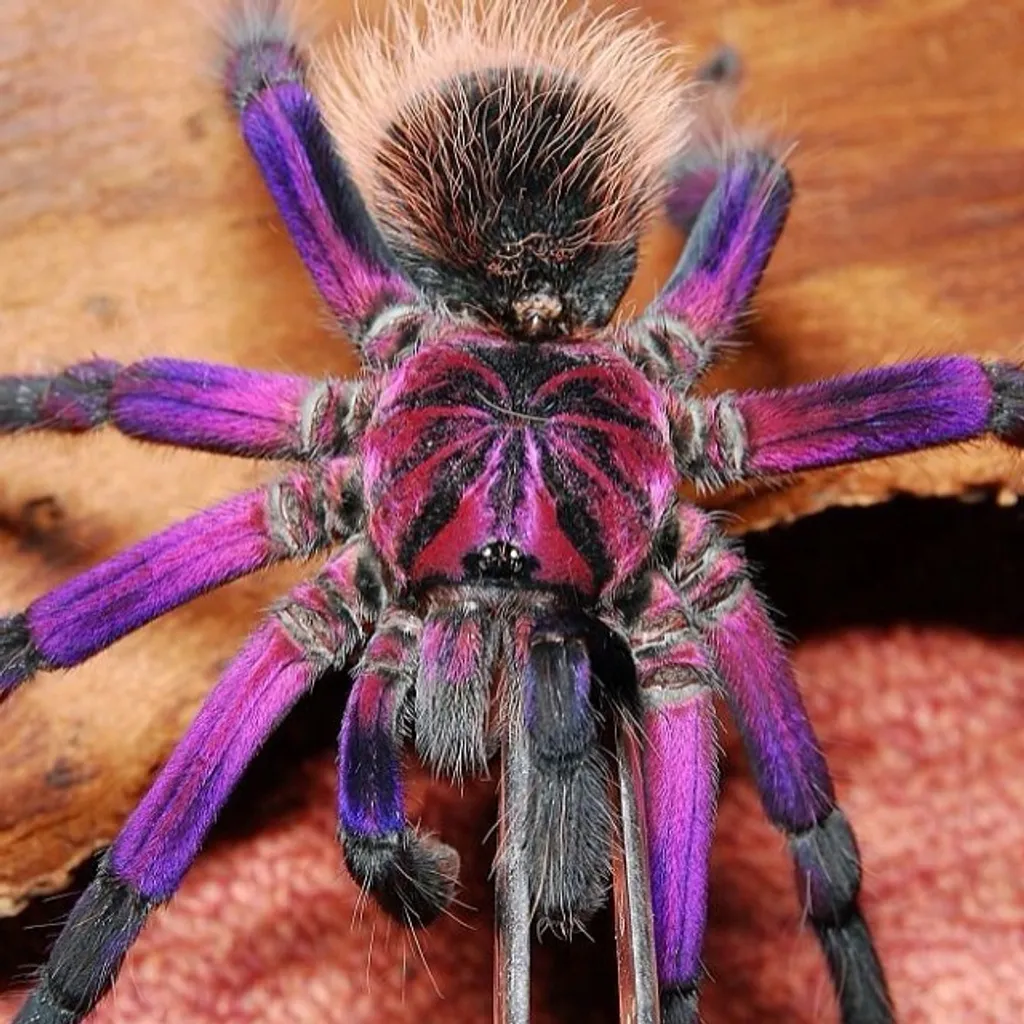
Pamphobeteus sp. platyomma (Brazilian pink bloom tarantula) Scorpo Hunter
The Brazilian salmon pink birdeater is one of the largest terrestrial spiders. When checking its length, the leg spread is taken into account. Some spiders of this species can have even 28 centimeters. As for the size, Lasiodoa Parahybana takes second place - only the Goliath birdeater is larger, by 2 centimeters..

Lasiodora parahybana Brazilian Salmon Pink BirdEater Theraphosidae
Lasiodora parahybana, the Brazilian salmon pink bird-eating tarantula, also simply known as the salmon pink or LP, is a relatively large tarantula from north-eastern Brazil. L. parahybana is considered to be the third largest tarantula in the world (behind Theraphosa blondi and Theraphosa apophysis; however, the largest spider is the giant huntsman spider in terms of leg-span).

Lasiodora parahybana 5" Brazilian Salmon Pink Bird Eater
Interesting Brazilian Salmon Pink Bird-eating Spider Facts. 1. They don't eat birds really. Bird-eaters very rarely actually eat birds; the name is more symbolic of their size than their diet. While plenty big enough to consume a bird, they don't have the ability to catch one, and may only be able to live up to their name if they stumble.

Lasiodora parahybana (Brazilian Salmon Pink Birdeater Tarantula) about
Lasiodora Parahybana, commonly known as Salmon Pink Birdeater Tarantula, is a South American spider from northeastern Brazil. This species is argued to be among the top four largest tarantulas worldwide, growing anywhere from 8 to 11 inches. Salmon Pink Tarantulas are not natural climbers and rarely leave the terrain.

Lasiodora parahybana 4" Brazilian Salmon Pink Bird Eater
Lasiodora parahybana, the Brazilian salmon pink birdeater (also simply known as the salmon pink or LP) is a tarantula from north-eastern Brazil. It is gener.

The Brazilian Salmon Pink Bird Eater Part 1 YouTube
Within the pet trade, there are always people looking for the biggest, coolest, and most expensive animals to keep. With all of the different types of tarantulas out there, there's bound to be some that stick out.. Lasiodora parahybana , or the Brazilian Salon Pink Birdeater, is one of those tarantulas.. This guide is intended to provide a comprehensive care sheet for this fantastic.

Lasiodor parahybana "Brazilian salmon pink birdeater" US Invertebrate LLC
The Salmon Pink Birdeater is a South American spider, hailing from the Atlantic forests of north-eastern Brazil, especially in the Campina Grand area. As such this species is attuned to living in hot, humid environments. Like many species in such habitats, these spiders tend to grow rapidly. As a result, even a spiderling, when fed well, can.

Lasiodoraparahybanaforsale
Brazilian Salmon Pink Birdeater. Lasiodora parahybana. Invertebrates, With a legspan reaching 10 inches or more, the Brazilian salmon pink birdeater is one of the largest tarantulas. It boldly forages along the forest floor and is a speedy, voracious hunter.. Eastern Brazil. Habitat: Tropical rainforest. Zoo Location: World of the Insect.

Brazilian salmon pink birdeating tarantula Chester Zoo
Origin. Lasiodora parahybana is a spider endemic to Paraíba, a region in northeastern Brazil. Salmon pink bird-eater spiders, as they are commonly known, are the fourth-largest tarantulas in the world, and are commonly found on hot, humid rainforest floors. The Brazilian Amazon rainforest experiences a dry period throughout four to five months.
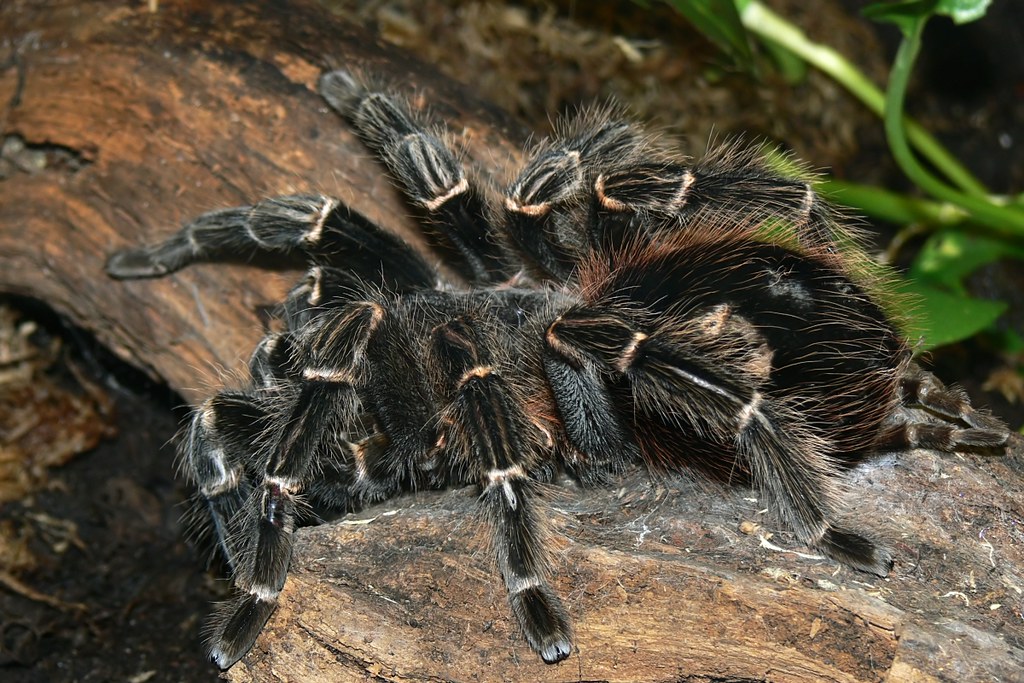
Stratford Butterfly Farm Brazilian Salmon Pink Birdeater (… Flickr
The Salmon Pink Birdeater Tarantula is a large species of tarantula that can obtain a leg span of almost 1 foot. These spiders are native to North-Eastern Brazil and are regarded as being the third largest species of tarantula in the world. It is a species of 'New World' Tarantula. Other new world species include the Chilean Rose Hair.

brazilian salmon pink birdeater Backwater Reptiles Blog
The Brazilian salmon pink bird-eating tarantula ( Lasiodora parahybana) is one of the top five largest spiders in the world and has a name nearly as big as its leg span. However, while it is truly a giant, it is also docile enough to be widely kept as a pet, and its bird-eating reputation is unfounded.
Brazilian Salmon Pink Birdeater? Arachnoboards
Lasiodora parahybana, known as the Salmon Pink Birdeater Tarantula. This belongs to a New World Tarantula endemic to North Easter Brazil. The most common spider that people keep as pets is the Salmon Pink Birdeater Tarantula. In some ways, they might seem like a pretty boring choice for a pet because they can't fetch or take them out for a walk.
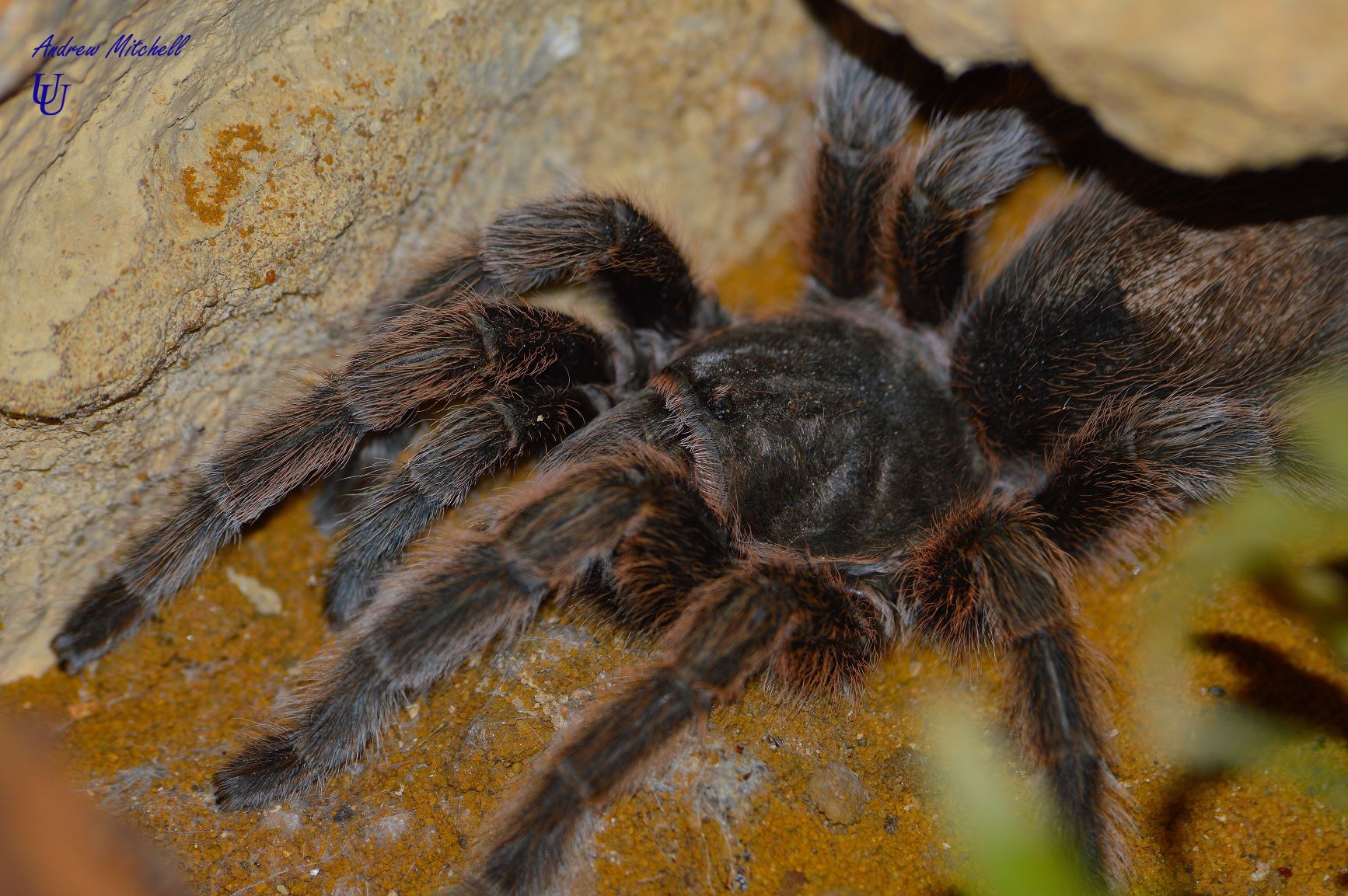
Lasiodora parahybana (Brazilian Salmon Pink Birdeater) (1.5cm) The
The Brazilian pink salmon birdeater scientific name is Lasiodora parahybana, and they hail from the Brazilian rainforests. Its genus name is derived from the Greek word that means "shaggy," and rightly so because aside from being a giant tarantula, it is also one of the fuzziest of its kind. The species name may likely have originated from.
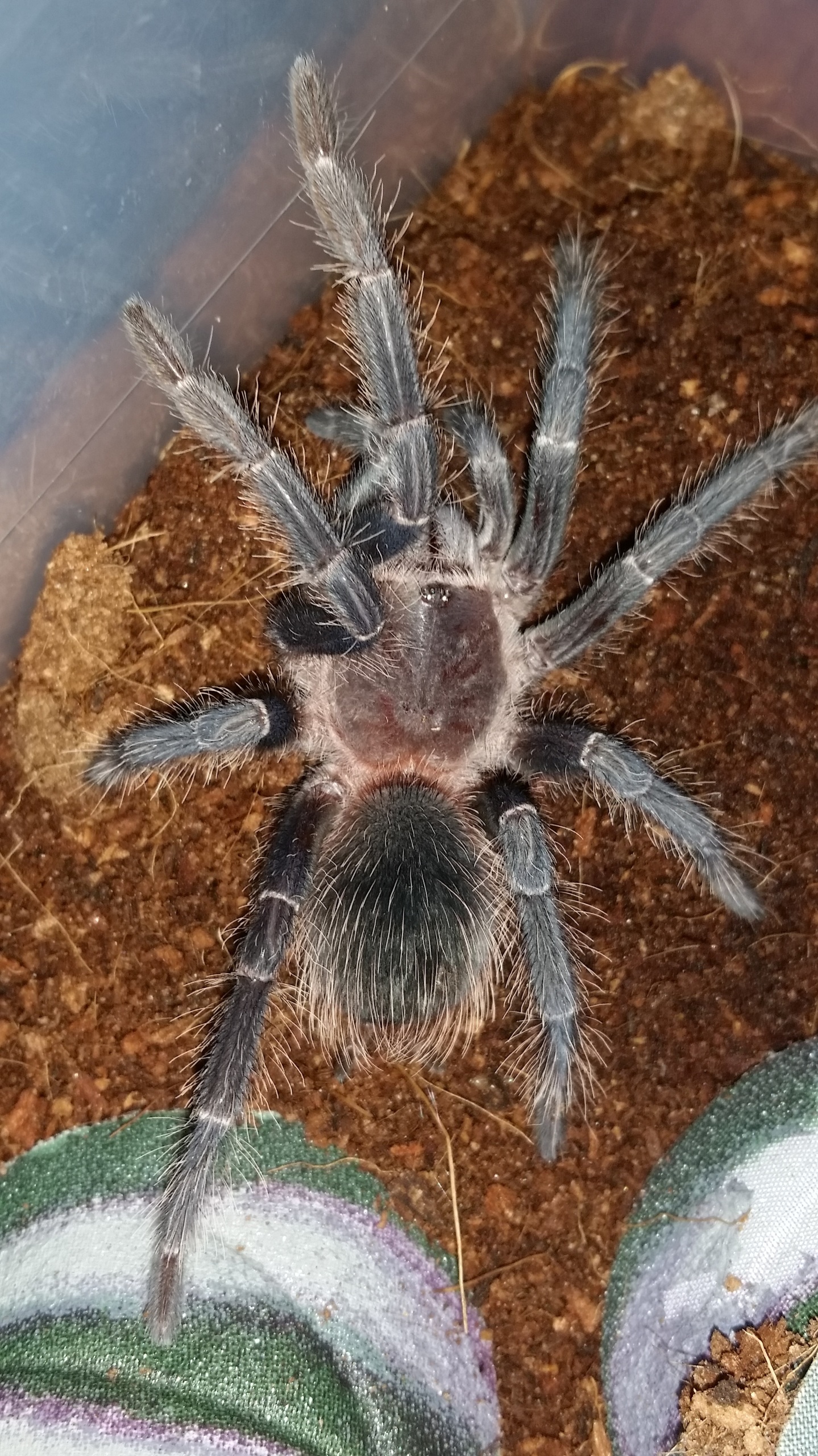
Lasiodora parahybana 2" 3” Brazilian Salmon Pink Bird Eater FEMALE
Lasiodora parahybana, the Brazilian salmon pink bird-eating tarantula, also simply known as the salmon pink or LP, is a tarantula from north-eastern Brazil a.

Brazilian salmon pink birdeater (Lasiodora parahybana) Small Exotic Farm
Ecological Importance and Behavior of Brazilian Salmon Pink Birdeater. The Brazilian Pink Birdeater plays a vital role in the ecosystem as a predator of insects and small animals, helping to keep those populations in check. They exhibit a nocturnal lifestyle, preferring to hunt under the cover of darkness.
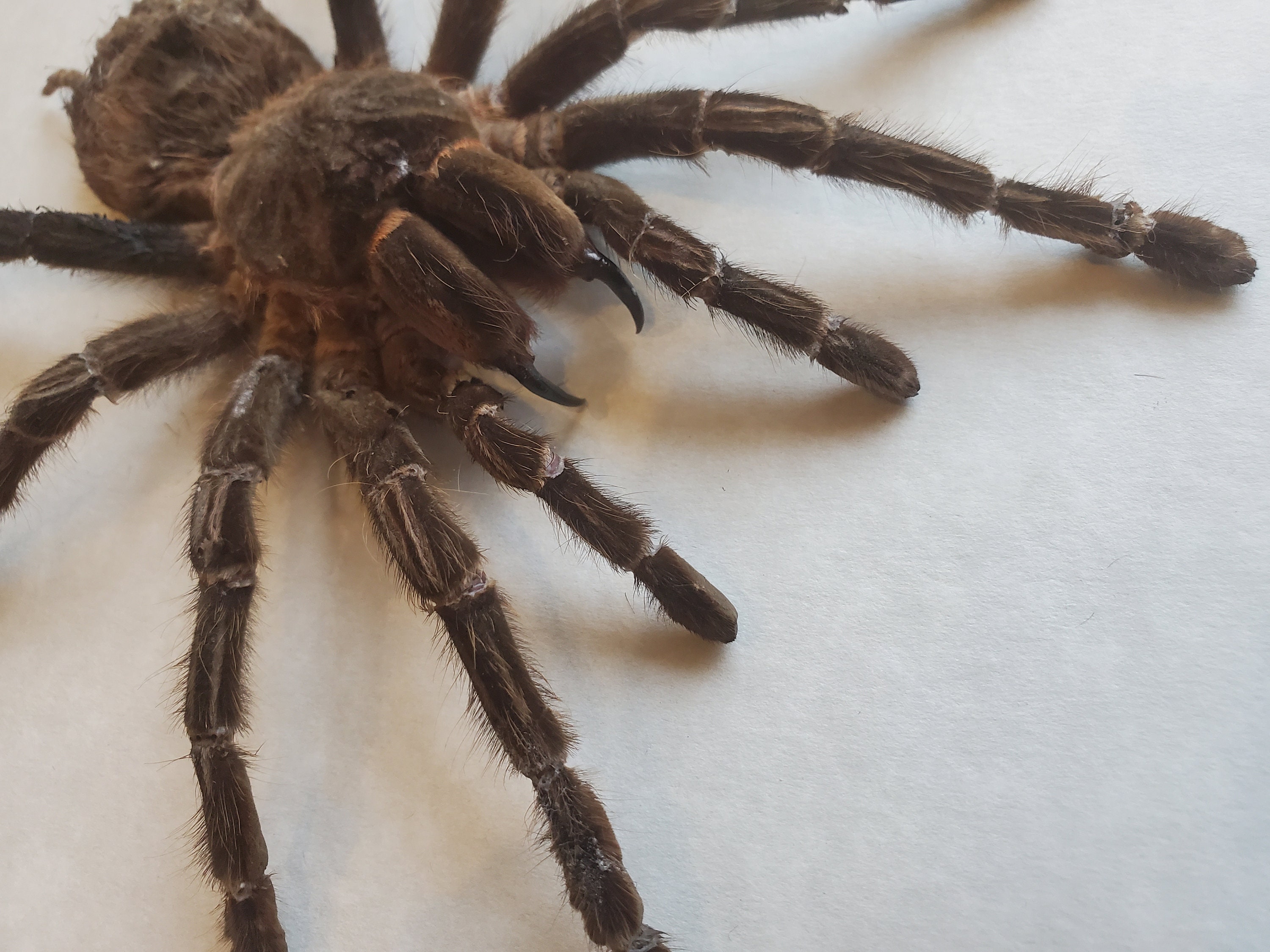
Giant Brazilian Salmon Pink Birdeater Lasiodora Parahybana Etsy
Lasiodora parahybana, the Brazilian salmon pink bird-eating tarantula, also simply known as the salmon pink or LP, is a tarantula from north-eastern Brazil and considered to be the fourth largest tarantula in the world (behind the three species in the genus Theraphosa).. It was discovered and described in 1917 by Cândido Firmino de Mello-Leitão, in Paraíba, where the tarantula is endemic.